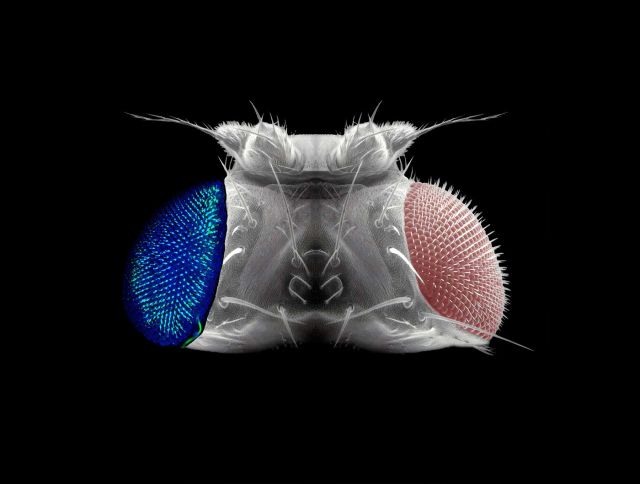Mapping Movement
Researchers investigate neural mechanisms that coordinate complex motor sequences in fruit flies.

Our day-to-day lives can be seen as a series of complex motor sequences: morning routines, work or school tasks, actions we take around mealtimes, the rituals and habits woven through our evenings and weekends. They seem almost automatic, with little conscious thought behind them. In reality, however, they are the result of the myriad decisions and physical adjustments we make along the way, thanks to the continual signal processing in the brain that is guided by information we receive through our senses. UC Santa Barbara researcher Julie Simpson is interested in the processes that go into these complex motor sequences, specifically how neural signals are translated into our physical behaviors. “Every day, you get up in the morning and you decide what to do with your day,” said Simpson, an assistant professor in the Department of Molecular, Cellular and Developmental Biology. “There are many things you could do with your limbs, which are driven by motor neurons, which are controlled by commands from your brain.” Humans have a wide repertoire of behaviors and often we experience competing drives. How do we choose what to do first?